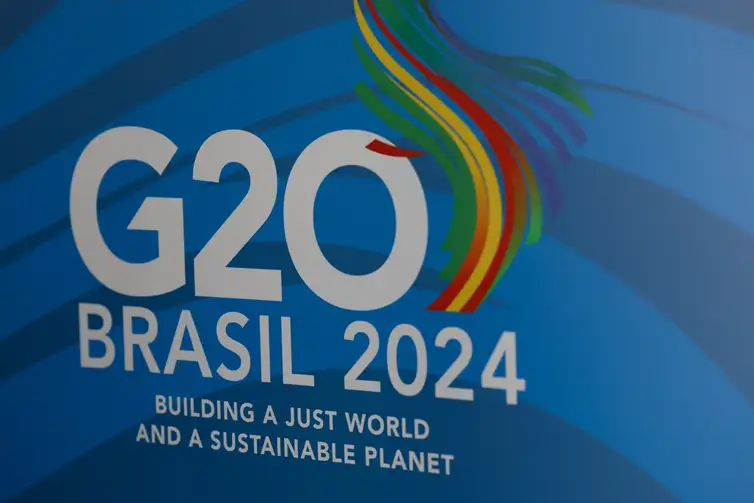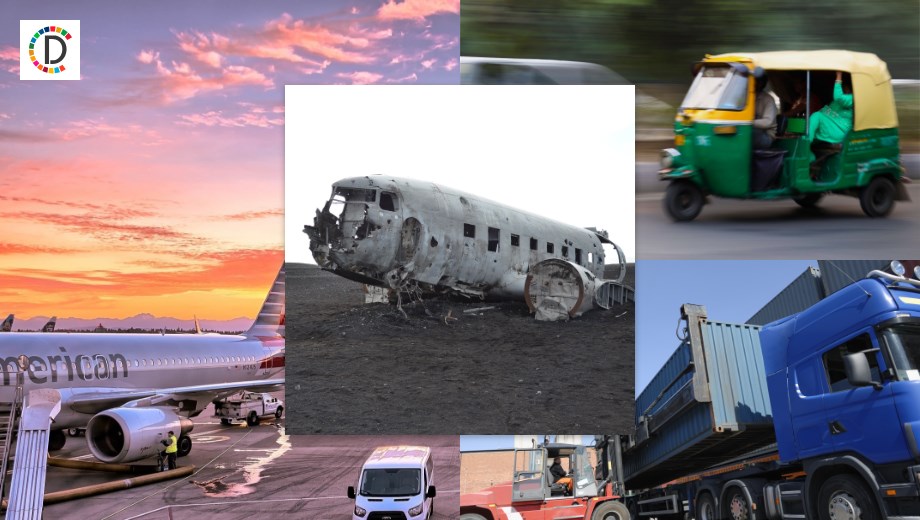Escalation on Israel-Lebanon Border: The Growing Conflict
Amidst the escalating tension on the Israel-Lebanon border, the Middle East faces a volatile situation with Lebanese Hezbollah and Israel at the center of the crisis.
Published June 03, 2024 - 00:06am

Image recovered from bostonglobe.com
Recently, an upsurge in violence between Israel and the Shiite militant group Hezbollah has raised international concern over the stability in the Middle East. The ongoing conflict, which has seen back-and-forth military strikes, has led to the death and injury of both combatants and civilians. In a recent strike near the Israel-Lebanon border, two Lebanese shepherds were killed, causing further outrage in the region.
Hezbollah, which is supported by Iran and allied with Hamas, has admitted to deploying drones to attack an Israeli military facility in the Golan Heights. Consequently, Israel's military responded by targeting Hezbollah positions in southern Lebanon. The Israeli army reported that their military drone was downed by Hezbollah with a surface-to-air missile, an incident currently under investigation.
The situation significantly deteriorated when civilian areas became targets. According to Lebanon's National News Agency, Israeli strikes resulted in civilian casualties, including the death of a medic from an ambulance operated by a Hezbollah-affiliated group in south Lebanon. Civil infrastructure and residential buildings have sustained damage, intensifying the humanitarian concerns.
Fighting persists, marking the deadliest clashes since the 2006 war between the two sides. A drone launched by Hezbollah fell in the Israeli coastal city of Nahariya, igniting a fire but fortunately causing no injuries. This instance, among others, reflects a pattern of sporadic exchanges of fire, including missile attacks and drone operations that have thus far been contained from escalating into full-scale war. Casualty figures continue to rise, with over 450 people killed in Lebanon and at least 25 on the Israeli side since the conflict's escalation.
The border tension has amplified amid an Israeli military offensive in the Gaza Strip and has drawn appeals from international organizations. The United Nations has expressed deep disturbance over the repeated strikes on healthcare facilities, labeling such incidents as 'war crimes.' With volatile actions overshadowing diplomatic efforts, the international community remains on high alert, monitoring the situation for fear of further destabilization in a region already fraught with conflict.
The escalation in violence has not been limited to the borders of Israel and Lebanon, as other regional actors are becoming increasingly involved. International relations experts are closely watching Syria and Iran, considering their support of Hezbollah and the potential for a broader regional conflict. Expert analysis suggests that any further escalation could lead to a significant shift in the already fragile geopolitical landscape of the Middle East.
On the humanitarian front, international relief organizations have voiced grave concerns about the immediate needs of the affected populations. The increasing casualties have prompted calls for emergency medical assistance and support for the families who have lost their homes and livelihoods in the airstrikes. The destruction of infrastructure has also led to severe disruptions in basic services such as water and electricity, exacerbating the suffering of civilians in the conflict zone.
Globally, the conflict has raised alarms about the potential implications for international peace and security. Multiple nations have urged restraint on all sides, while some have offered to mediate in hopes of reaching a ceasefire. In addition to the European Union, Russia and the United States have both indicated a willingness to facilitate dialogue, highlighting the urgency of preventing further loss of life.
Despite these international calls for de-escalation, the situation on the ground remains tense. Prolonged military engagements and the prospect of guerrilla warfare tactics being employed by Hezbollah fighters indicate that an end to the bloodshed is not immediately foreseeable. Analysts warn that without a comprehensive and enforceable peace agreement, the possibility of an embroiled conflict looms large.
Meanwhile, Israeli military spokespeople have defended their operations as necessary preemptive strikes to disrupt what they describe as 'terrorist activity' emanating from Lebanon. Israeli political figures have also reaffirmed their commitment to national defense, asserting that actions taken are within the bounds of international law and are in response to what they view as aggression by Hezbollah.
Lebanese political leaders, conversely, have condemned the Israeli strikes as disproportionate and indiscriminate, calling on the international community to intervene. They argue that the Israeli response is exacerbating an already dire economic and political crisis in Lebanon. This situation adds another layer of complexity to the Lebanese government's challenge in dealing with the fallout from the conflict, including managing the influx of internally displaced people.
In the meantime, the United Nations and other international agencies have ramped up their calls for humanitarian corridors and a pause in hostilities to allow aid to reach the most vulnerable. Activists and human rights organizations continue to monitor and report on potential breaches of international law, including the targeting of civilian infrastructure and the use of prohibited weapons.
As global attention fixates on the Middle East once again, there is a palpable fear that without swift and decisive intervention, the region might be drawn into a protracted conflict. The international community finds itself at a crossroads, facing the delicate task of balancing the need for immediate ceasefire and the longer-term objectives of peacebuilding and stability in the region.
All eyes are on the volatile border as the world anticipates the next developments. The history of conflict between Israel and Hezbollah is long and complex, with political, religious, and territorial disputes fuelling hostilities. The current flare-up in the decades-long conflict serves as a tragic reminder of the persistent tension that continues to threaten the lives of ordinary people in the region.






